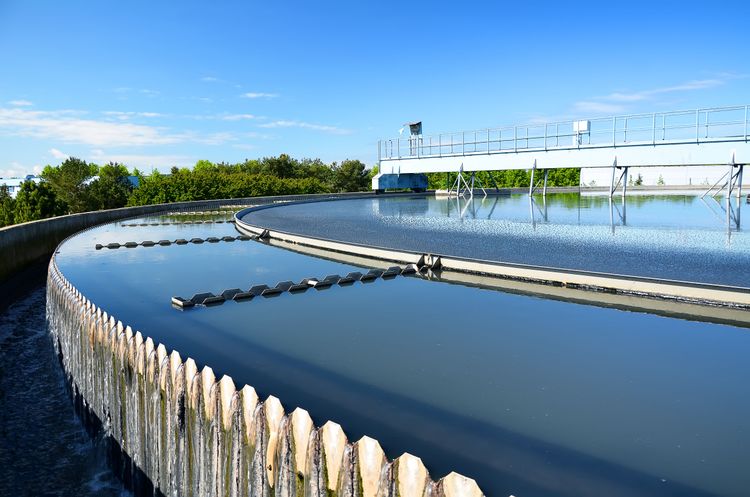Urban Sanitation and Wastewater
The Sustainable Development Goals demand that we halve the amount of untreated wastewater and ensure universal access to adequate sanitation

The Sustainable Development Goals demand that we halve the amount of untreated wastewater and ensure universal access to adequate sanitation
